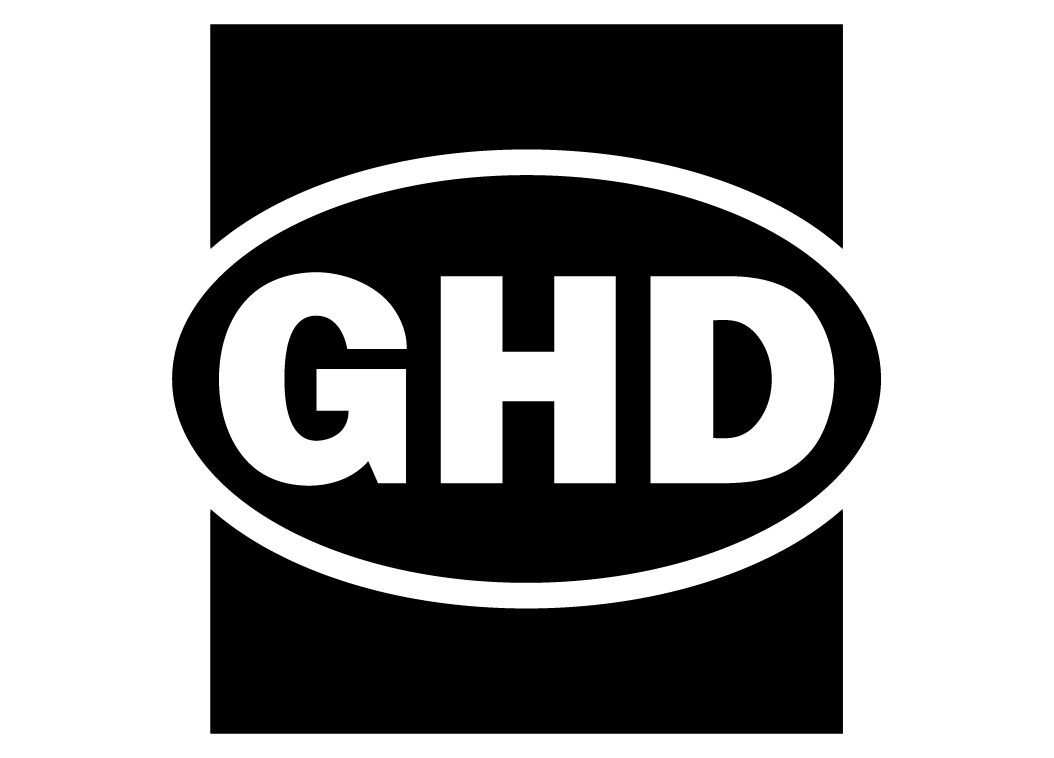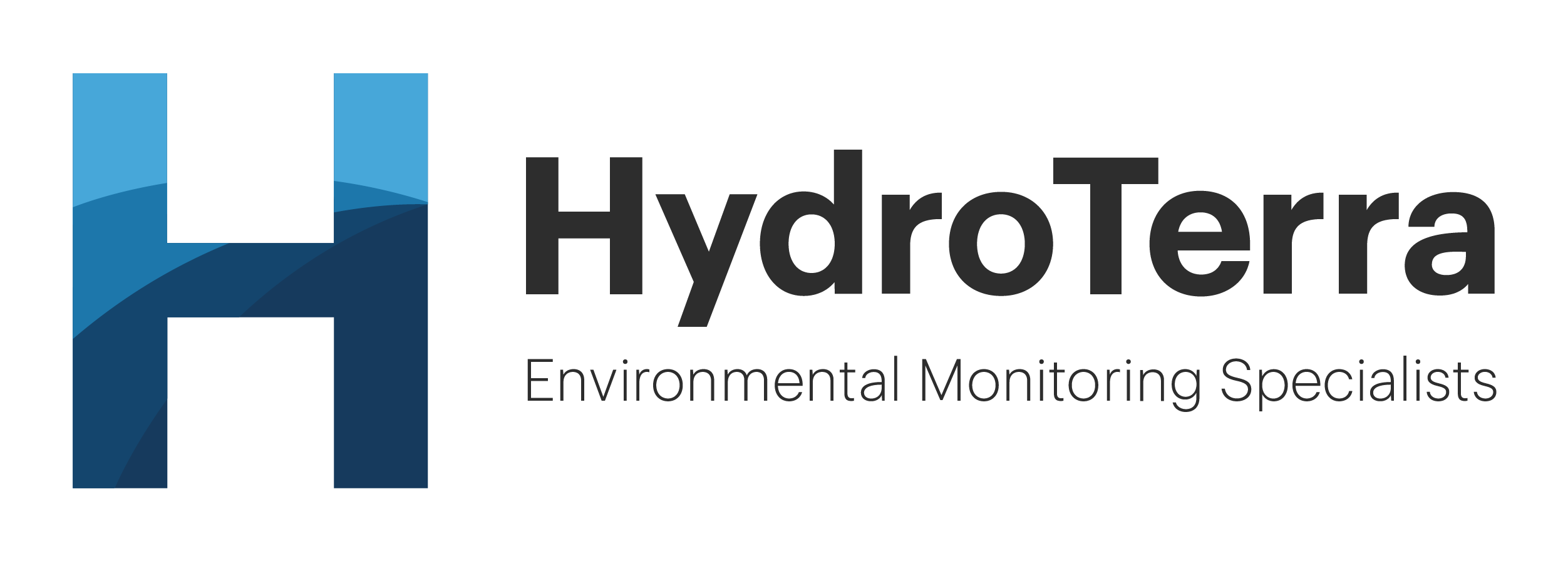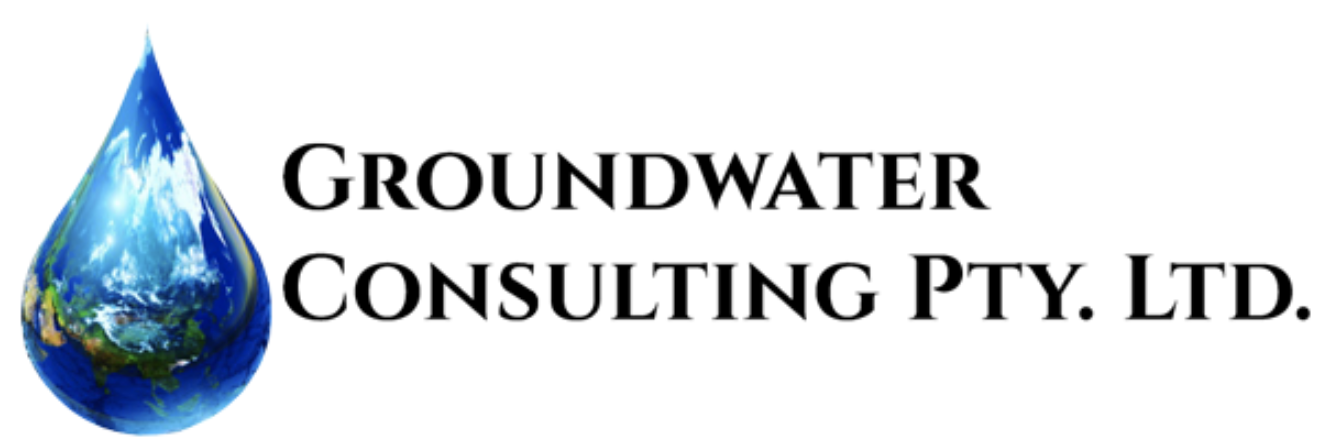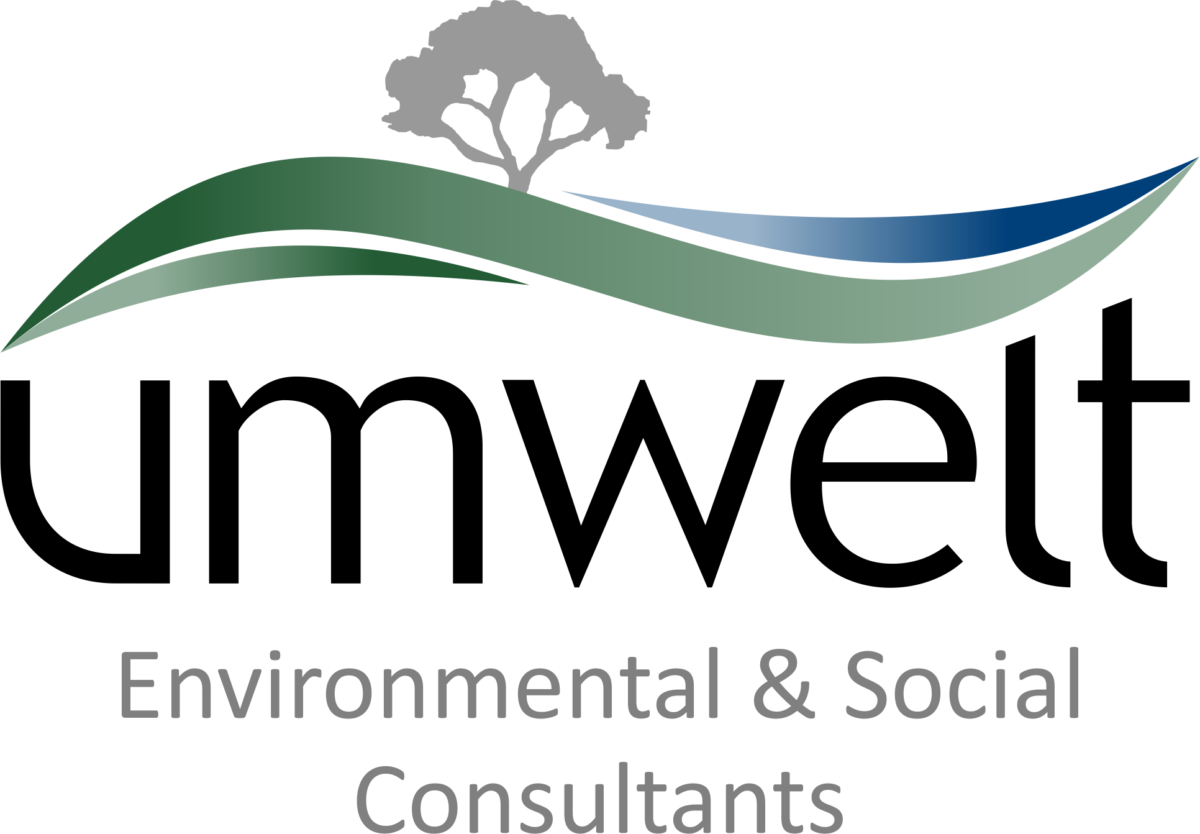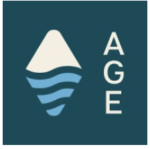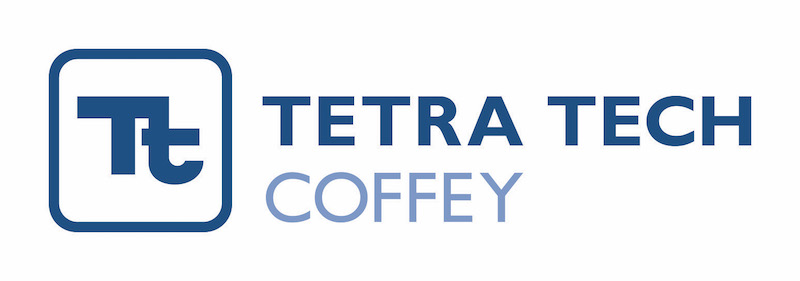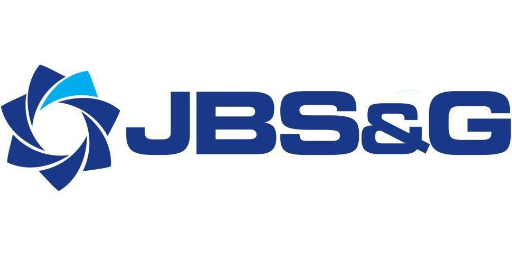Postponed! and
Replaced with a new talk by Greg Turner of HiSeis:
High resolution seismic for gold and base metal exploration
The WA Branch of the Australian Society of Exploration Geophysicists is hosting a Tech Night presented by Professor Niels Christensen of Aarhus University, Denmark.
Abstract
The physical parameter found from interpreting AEM surveys, the distribution of subsurface conductivity, is interesting in itself only in very few instances. In most cases the conductivity distribution will have to be translated to provide information on the actual target properties of the survey: sand/clay (geological interpretation), saturated/unsaturated and fresh/salt (hydrogeological interpretation), polluted/not-polluted (biohazard/geotechnical interpretation), estimation of hydraulic conductivity (hydraulic modeling), pristine/disturbed (forensic interpretation), etc. The parameters of these categories are often called “Derived Products”.
The translation process can be done in a wide variety of ways: from a predominantly qualitative approach based on professional experience to an application of rigorous quantitative relations found from scientific endeavors.
In most practical situations, the number of positions with independent information on the Derived Product is considerably smaller than the number of geophysics positions; it is precisely the scarcity/sparsity of information on the Derived Product that encourages the use of geophysical inversion results as a sort of qualified interpolator through a formulation of a functional relation between a geophysical parameter and the parameter of the Derived Product.
I present a general, quantitative, inversion-based approach to deriving the parameter of interest. Three different methods are presented and compared through numerical simulation with a few illustrative examples.
About the Presenter
Niels Christensen is Professor Emeritus in geophysics at the Geoscience Department, University of Aarhus. He works mainly with electrical and electromagnetic methods, especially their application to hydrogeophysics and other environmental problems. Recent research has been directed into airborne and marine EM and fast approximate 1D and 2D inversion procedures. He is a resident and frequent visitor of Australia, collaborating with organisations such as CSIRO, Perth, and Geoscience Australia.
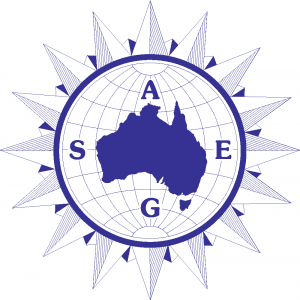 |
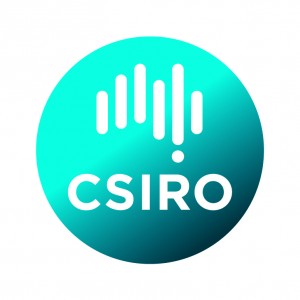 |
 |
CSIRO is generously sponsoring drinks and nibbles at the event.






